Business and Government: Article Review and Literature Analysis
VerifiedAdded on 2022/09/09
|5
|763
|24
Report
AI Summary
This report is an article review of "They Are All Organizations": The Cultural Roots of Blurring Between the Non-profit, Business, and Government Sectors, by Bromley and Meyer. The review focuses on the authors' use of sociological institutionalism to explain the cultural shifts blurring the lines between these sectors. The article explores how organizations, once distinct, are reshaped by cultural changes emphasizing individual rights and the application of scientific ideologies. The review highlights the authors' argument that current theories inadequately interpret the transition and emphasizes the increasing complexity of social structures. The report also references related literature on hybrid organizations and the evolution of the non-profit sector. The author helps us to understand that cultural shifts create three-way ambiguity between industries. First of all, scientific and human rights and equality values are fundamental. Secondly, the way science and rights are structured cuts through antique social frameworks that make them look identical. Thirdly, the ever-increasing similarity in content and form makes it easier to make real interconnects between social types.
1 out of 5
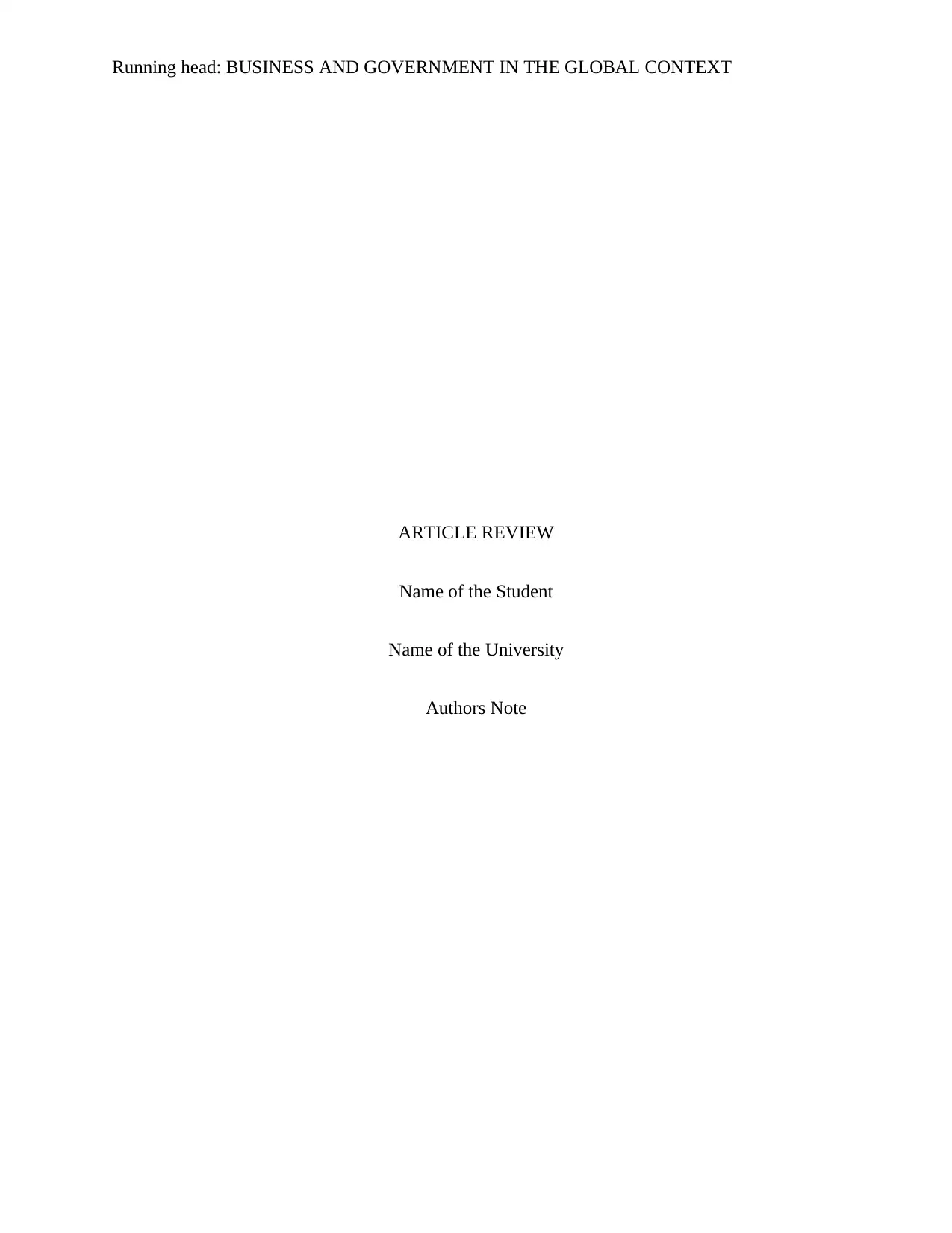
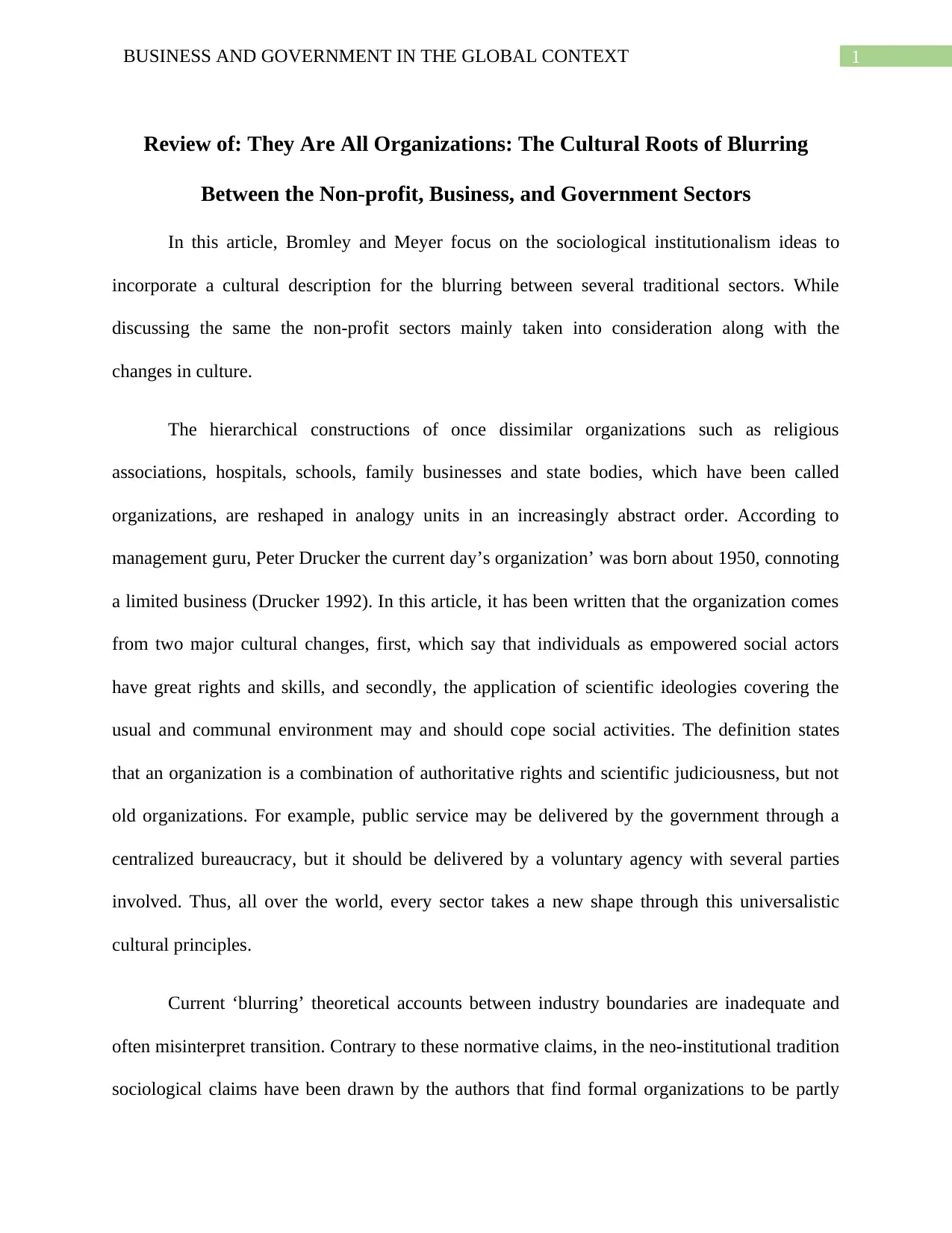
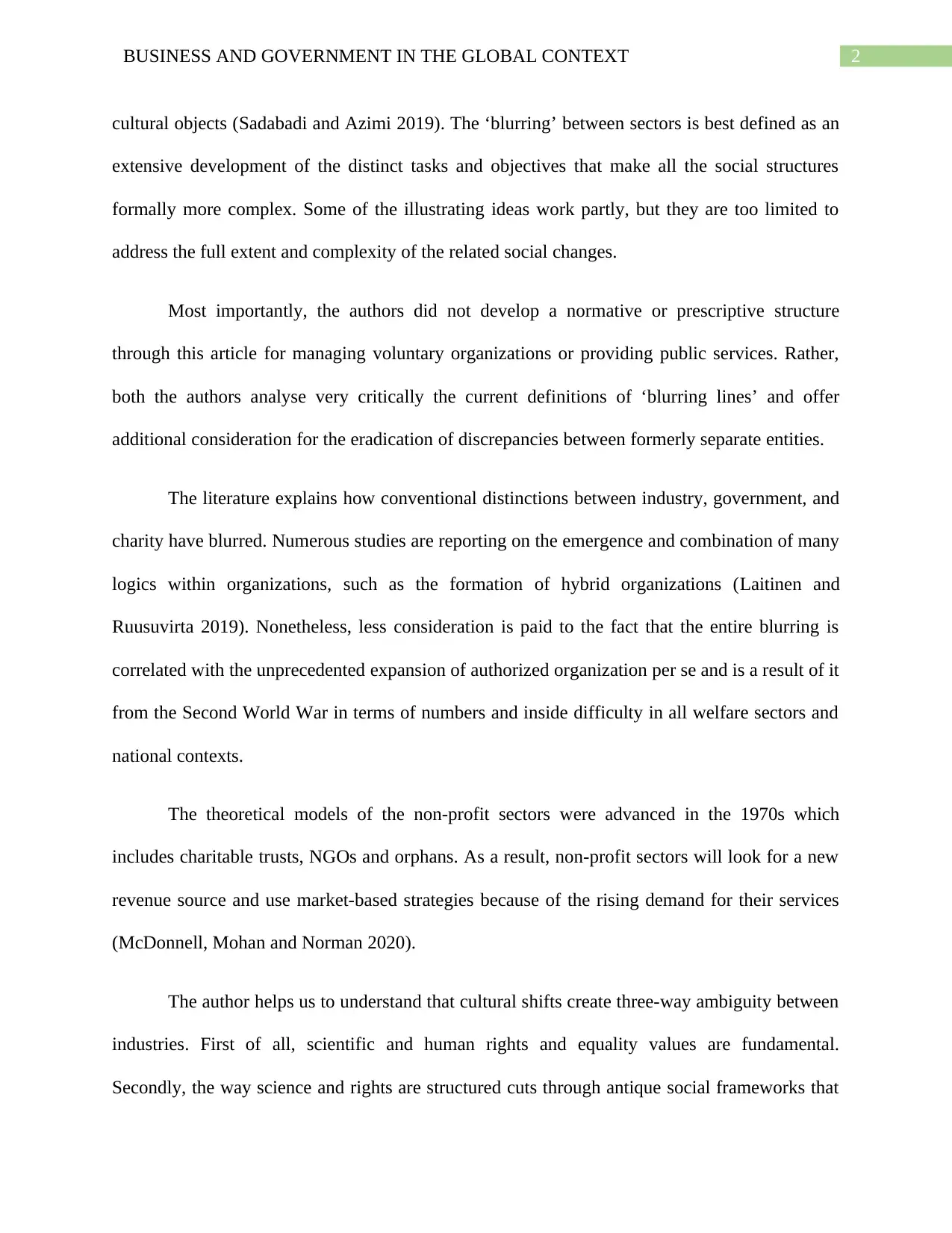

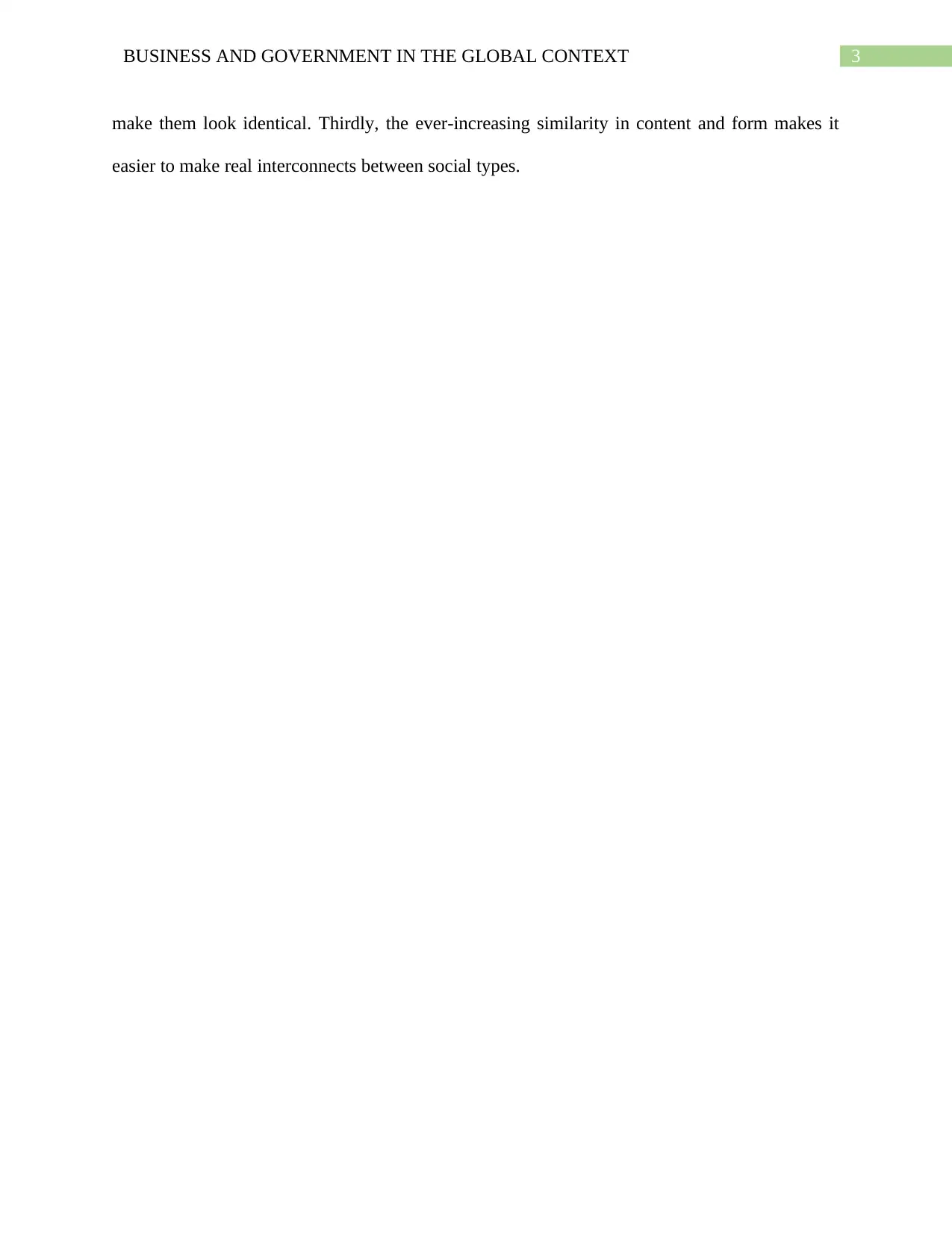
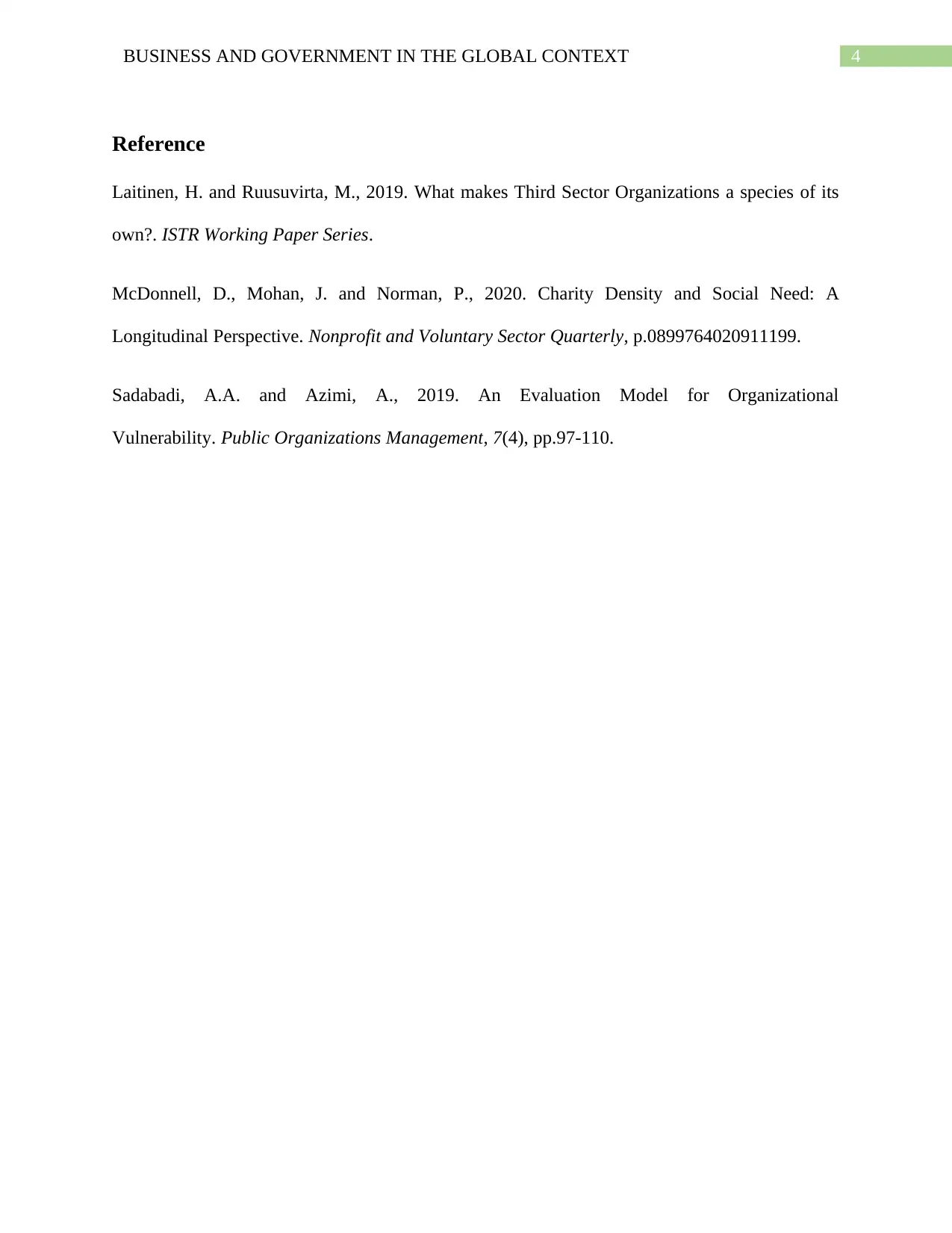




![[object Object]](/_next/static/media/star-bottom.7253800d.svg)